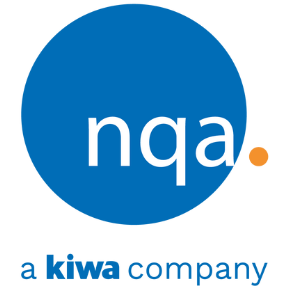УПРАВЛЕНИЕ НА ЕНЕРГИЯТА
From establishing energy baseline to setting ENPI’s and achieving energy efficiency; understand the fundamental vocabulary with our glossary of energy management systems terms and definitions.
If you have any questions or would like a definition added, please let us know.
ENERGY MANAGEMENT SYSTEMS TERMS AND DEFINITIONS
-
ISO 50001:2011. A document that specifies requirements an organizations energy management system should meet, to align with a standard of energy management that is recognized as acceptable in international territories.
-
BS EN 16001. This British and European Energy Management Systems Standard preceded ISO 50001:2011.
-
Energy Management System (EnMS). Promotes the energy performance of an organization through the achievement of improvements in energy consumption throughout the operations determined to be within the scope of the management system.
-
Energy. This term applies to both renewable and non-renewable energy that an organization purchases, stores, treats, uses in equipment, employs in a process and recovers. Energy sources include electricity, fuels, steam, heat, compressed air and other similar sources.
-
Energy baseline. Data showing consumption of energy for a period. It can be used as historical information and then utilized to calculate energy savings.
-
Energy efficiency. The energy efficiency is a quantitative relationship between an output performance (goods, services, or energy) to the input of energy. For example, a ratio might be: energy required/energy used.
-
Energy review. This term defines the ways in which organizations review their energy systems, which are typically consumption and usage. Consumption may include energy sources such as electricity and natural gas. Usage consists of an inventory, which lists each item that consumes energy.
-
Energy management system review. Planned intervals during which top management conducts an evaluation of the effectiveness of the EMS. This process includes the maintenance of the records of management review, recording decisions and actions regarding the improvement in the organization’s energy performance, changes to the energy policy, objectives, targets, allocation of energy assets and communication to people in the organization.
-
Energy Performance Indicator (EnPI). This term refers to a metric ratio or a more complex method that provides a quantitative value or a measure of energy performance as determined by the organization.
-
Energy objective. The energy objective describes a specific outcome the organization should seek to achieve to improve its energy performance.
-
Energy policy. The energy policy is a statement developed by the organization’s top management, which outlines the organization’s intentions and course of action toward improving its energy performance. The policy provides a framework and drives the action for establishing energy objectives and targets.
-
Energy monitoring and measuring. This term defines the methods used by the organization to monitor and measure its performance and improvement. It may include a plan for the provision of meters, predetermined intervals for monitoring, measuring and recording significant energy consumption, record of deviations from expected energy consumption (causes and remedies) and comparison of energy performance against competitors or other organizations.
-
Energy Consumption. Quantity of energy consumed within the scope of the management system.
-
Energy Management Team. A collective of representatives at all operational levels of the organization that have been appointed to improve energy management behaviours and to encourage compliance to new or evolving energy management policies. These representatives will invite feedback from all stakeholder groups, to ensure considerations are included where appropriate within the energy management system. The energy management team must include at least one member of senior management, who regularly reviews team findings and progress against energy management system objectives.
-
Action Plan. A forecast of opportunities for improvement that include a timescale and responsibilities, along with a validation statement of the method to verify whether an improvement in energy performance has been made, and a validation statement as to the method for verifying the results.
